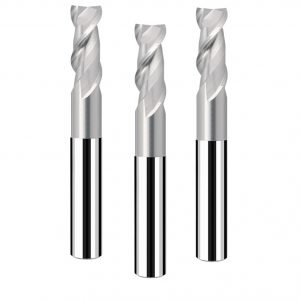
According to Carpick, the team’s focus is on the use of coated micro-end mills to process 6061-T6 aluminum materials because the industry wants to increase the use of the material in the manufacture of various parts, including engine blocks. In addition, aluminum is easy to bond to the carbide cutter, but not easy to bond to the diamond tool because the diamond friction coefficient is small, less cohesive. For cutting tests. Researchers installed an electric drive and high-speed spindle with ceramic bearings on the Haas TM-1 CNC milling machine. In all tests, the speed of the high-speed spindle was 4000 r / min, given a feed rate of 500 mm / min. Performance Micro Tool provided a miniature end mill for the test. The test was used for cutting, but there was a set of humidity control systems with two nozzles blowing moist air through the tip. “The humid processing environment significantly reduces tool friction and wear,” Carpick said.
“When cutting, the cutting force applied to the diamond coating tool is lower than the cutting force at the time of cutting with the uncured carbide cutting tool under the spray cooling conditions of the cutting fluid.
Pfefferkorn said. Whether or not the cutting fluid is sprayed, the aluminum scrap is adhered to the uncoated tool.
Analysis of cutting force and axial thrust data in the paper “Micro-end mill performance analysis of diamond coating” shows that the use of uncoated end mills, 0.5 ~ 1μm thick fine grain diamond-coated end mills and 200mm thick nano-diamond coated end mill dry milling 6061-T6 aluminum, the required cutting force size has improved significantly: the main cutting force and axial thrust from the uncoated tool 2.14N (± 0.85N) and 4.40N (± 0.44N) to 0.49N (± 0.09N) and 0.34N (± 0.04N) of the fine grain diamond coating tool, while the nanometer diamond coating tool progresses to reduce the cutting force and axial thrust To 0.18 N (± 0.07 N) and 0.17 N (± 0.02 N). These data show that the cutting force of the coated tool and the axial thrust are more balanced, while the uncorrected tool axial thrust is twice the cutting force. The reduction in cutting force is due to the smaller friction and adhesion of the diamond coating.